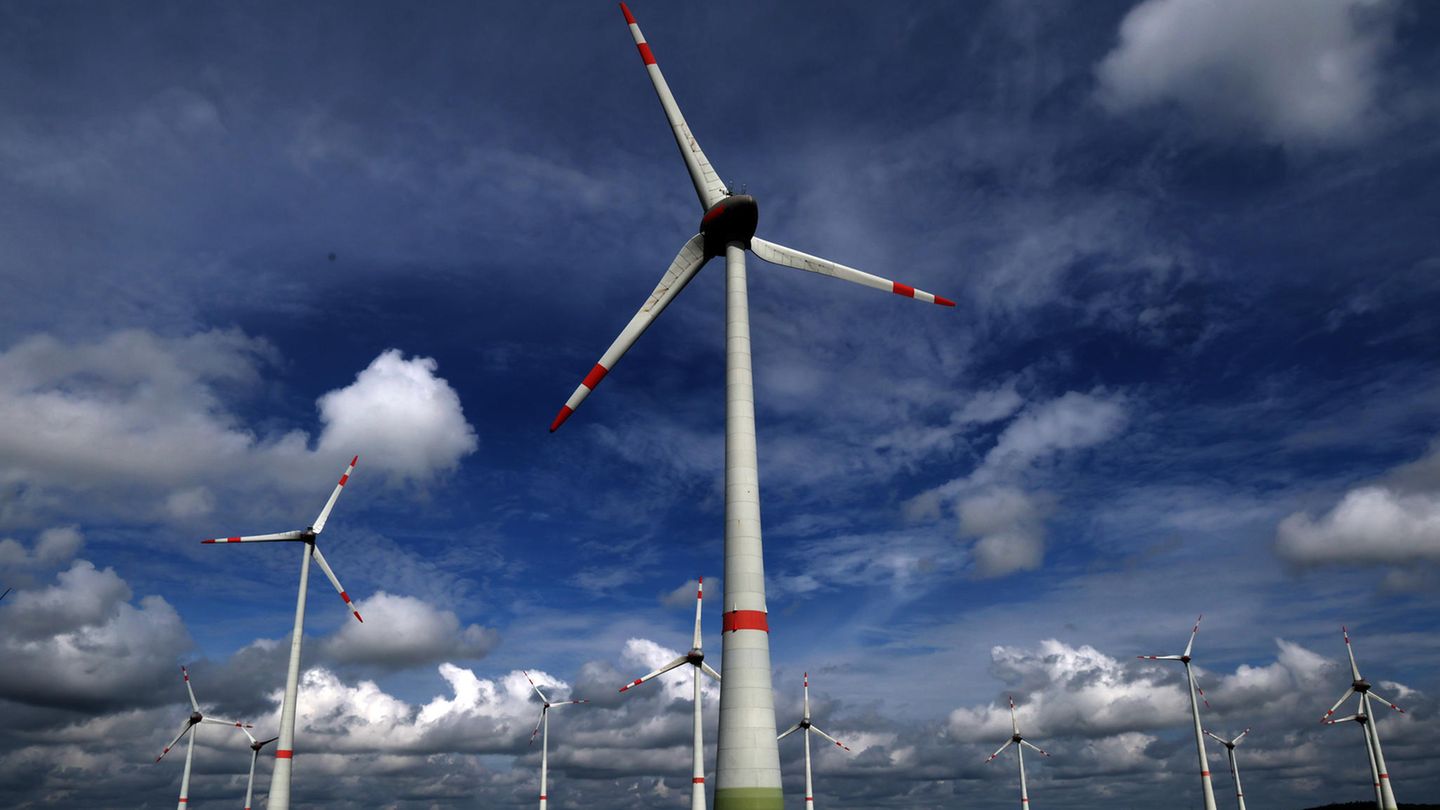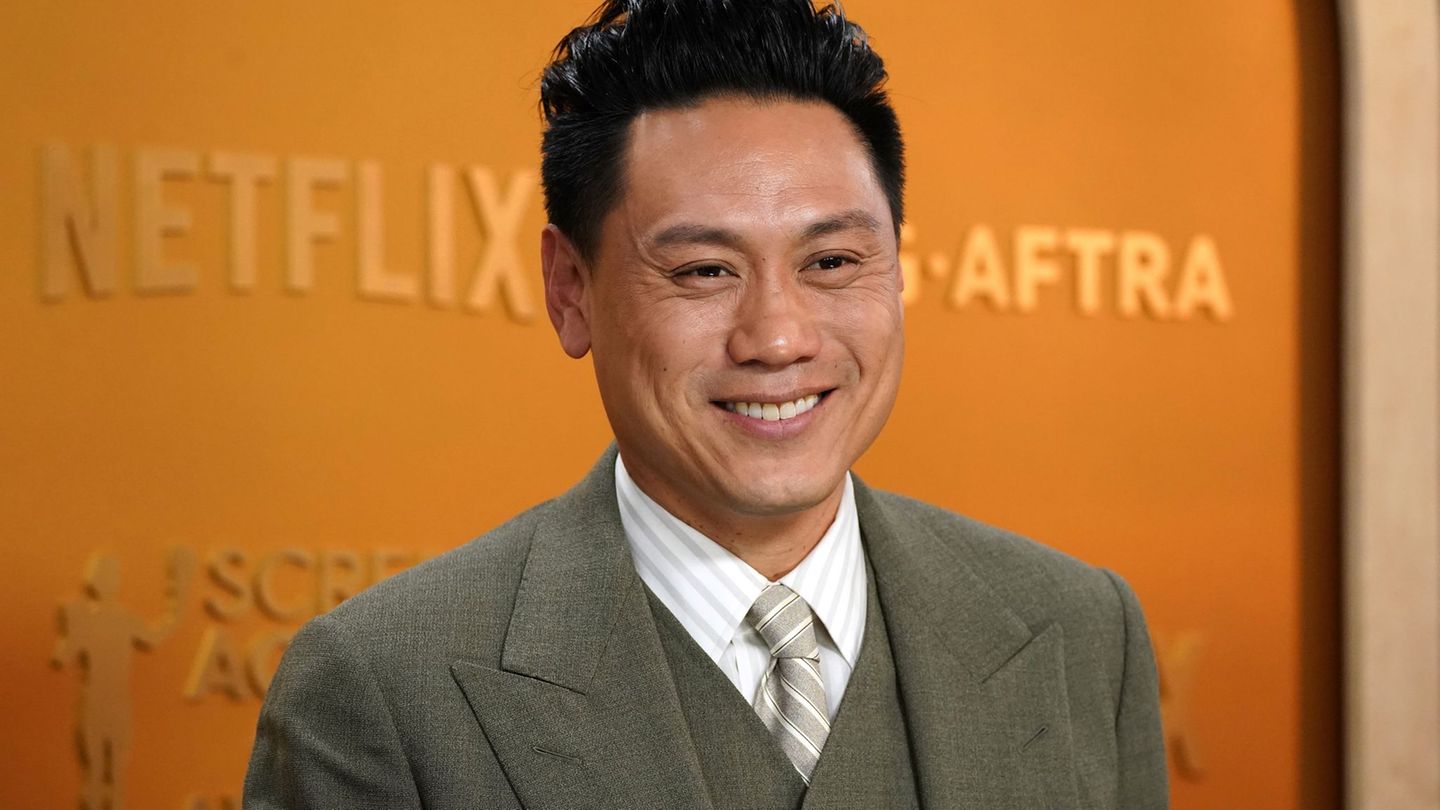There is a lot of resistance to the green project of the traffic light coalition. In East Germany, the AfD is mobilizing in particular. But it cannot prevent success stories on the ground.
Stephan Knabe is planning the future on a wasteland behind the former Lubmin nuclear power plant. A large electrolysis plant is to produce hydrogen on six hectares in the shadow of the decommissioned reactor. And this will start as early as 2026, says the founder of the Deutsche Regas company. Also starting in 2026, a floating terminal at the port of Lubmin will convert ammonia delivered by ship into hydrogen. The gas will flow south via a pipeline that was originally built for natural gas from the Nord Stream pipeline. The first converted section is to go into operation as early as 2025.
There are still a lot of “shoulds” and “wants”, but Knabe and the pipeline operator Gascade leave no doubt: They are investing a lot of capital in the German energy transition, the switch to renewable energies, in which hydrogen is to play a decisive role as a storage medium. The plans sound very concrete. That is probably the reason why the Eastern Commissioner Carsten Schneider is stopping off at the two companies at Lubmin harbor on his summer trip. The whole tour is intended to make it clear: the restructuring of the energy supply is in full swing – although there is currently headwind.
AfD and BSW deliberately resist energy transition
The AfD is celebrating electoral successes, a party that denies man-made climate change and wants to stop the energy transition. It wants to return to nuclear power, coal and gas. The Sahra Wagenknecht coalition, which is gaining ground in the polls, is also calling for a return to relying on cheap gas from Russia. “With today’s technologies, Germany’s energy supply cannot be secured by renewable energies alone,” says the BSW founding manifesto. In many places there is bitter resistance to every new wind turbine and every solar park.
Schneider knows all this. “We must not fool ourselves,” says the SPD politician. “In the next few years it will be difficult to implement the various systems because the resistance is being deliberately exploited by the BSW and AfD.” The traffic light coalition wants to counteract this.
In the first half of 2024, Germany obtained almost 60 percent of its electricity from renewable sources. East Germany is contributing disproportionately much to the energy transition, says Schneider. 15 percent of the population, but 27 percent of renewables. Without East Germany there would be no energy transition. All of this is “still not being told in a positive way enough,” says the Eastern Commissioner.
Hydrogen in Schwedt, nuclear fusion in Greifswald
On his summer trip, Schneider first tells the story of the PCK Schwedt in a positive light. At the instigation of the federal government, the large refinery in northeastern Brandenburg has been doing without Russian oil since the beginning of 2023 because of the war in Ukraine, which had supplied the plant for decades. A tough break. But it has been overcome, and the sources of supply have been successfully switched, says the federal government. Capacity utilization is back at 80 percent – not as high as it was back then with Russian oil, but probably high enough for economic operation.
The future of hydrogen is also being planned in Schwedt, although not quite as concretely and in the short term as in Lubmin. Schwedt’s mayor Annekathrin Hoppe (SPD), who was very concerned about the future of the refinery and the city just a year ago, now says: “I am now more confident.” Schneider is very satisfied. A success story from the East.
The prospects for progress in nuclear fusion at the Max Planck Institute for Plasma Physics in Greifswald also sound promising. In a huge hall, experiments are being carried out with a so-called stellarator, a monster several stories high made up of coils, tubes, wires and hoses. The goal, as in all fusion research worldwide, which is worth billions, is to prove that nuclear fusion can be used to generate energy on a large scale and also to use it commercially. It could one day supplement electricity from wind or solar power.
Institute director Robert Wolf is holding back; the 60-year-old does not want to promise too much. But during Schneider’s visit he at least manages to say this: “I think we will be able to build such a plant. The question then is whether it makes economic sense or not. That question has not been conclusively answered.” And the breakthrough is not necessarily around the corner. Wolf says the time frame for a “fusion demonstrator” is 2050.
“We are working on proving that it works”
Inventiveness! Investments! Funding! Jobs! A new beginning! Schneider likes to focus on this. The fact that many citizens, especially in the East, have doubts, that they distrust the traffic light coalition’s politics and vote in protest, that climate protection and green energy do not seem to be on the up: the federal government can only hope that this will pass and that the positive narrative will take hold.
The representatives of Regas and Gascade in the Lubmin port, however, have little to do with the question of whether the political environment and doubts about the energy transition could slow them down. The thought does not seem to have occurred to them yet. After thinking for a moment, Gascade manager Dennis Wehmeyer says: “We work every day to prove that it works.”
Source: Stern




